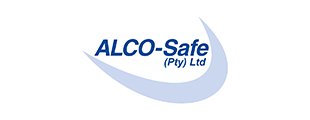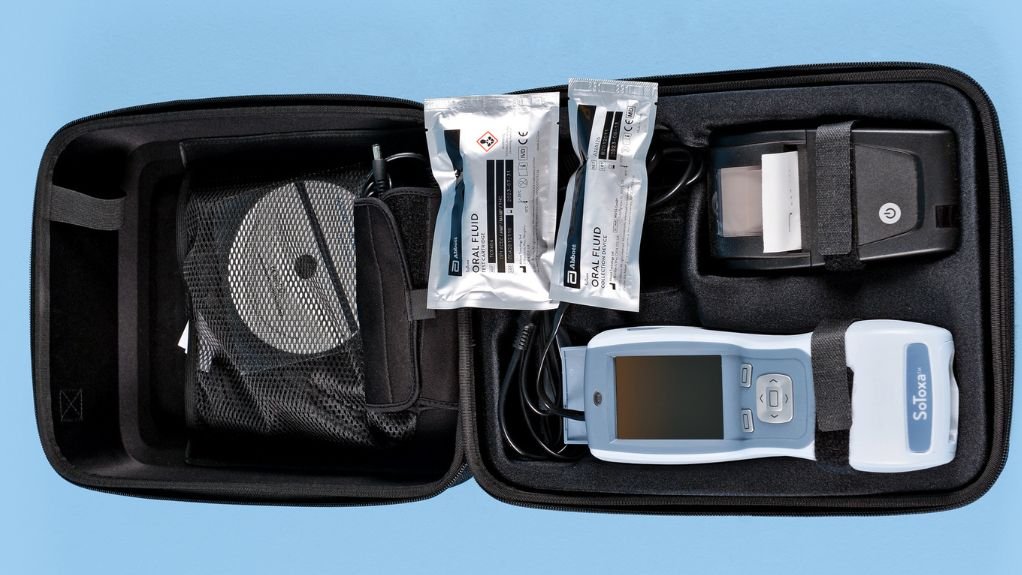
+ 27 (0) 12-343 8114
825 Park Street, Sunnyside, 0002

Lag in testing a risk to safety gains



RHYS EVANS The extent of drugged driving in South Africa is unknown, as no roadside drug testing devices are used by law enforcement
DRUGGED DRIVING There are broader social and economic benefits of addressing drugged driving, including reduced healthcare costs, lower insurance premiums, fewer accident-related deaths and improved productivity
South Africa will need to keep pace with international standards of roadside drug testing, such as saliva-based testing, if it is to meaningfully address the growing threat of drugged driving and safeguard the country’s investment in safer transport systems, says drug and alcohol testing equipment supplier ALCO-Safe MD Rhys Evans.
“Internationally, there are fail limits in place, similar to those for alcohol, but locally, we have no roadside testing whatsoever and no defined limits to work with.”
The most widely adopted global standard is saliva-based testing, during which a driver inserts a swab into his/her mouth for about 30 seconds before it is placed in a cartridge and analysed for multiple drug types.
However, implementing such measures in South Africa would require legislative changes to define which drugs should be tested for and at what levels a driver is considered impaired, followed by the approval of suitable roadside equipment.
The country’s failure to modernise enforcement could undermine significant investments in road upgrades, safer infrastructure and new vehicle technologies, as “the safest car or the most modernised road immediately becomes unsafe when operated by a driver under the influence of drugs,” Evans warns.
The extent of drugged driving in South Africa is unknown, as law enforcement does not use any roadside drug-testing devices. Evans says this absence of data creates the perception that drugged driving is not a problem, even though workplace drug testing continues to identify employees who would have driven to work before being screened.
He argues that the lack of urgency from authorities in updating enforcement measures is a major reason for South Africa’s lagging behind international practice.
“Police officers are often under-resourced, under-trained and, in some cases, unaware of the dangers posed by drug-impaired driving . . . the police are not equipped or trained to deal with the scale of the problem.”
Consistent roadside testing, he adds, could serve as a strong deterrent, similar to the role breathalysers have played in reducing drunk driving: “The current deterrent effect is non-existent because drivers know they will not be tested.”
Evans stresses that government must take the lead in developing the legal framework, but should draw on private-sector expertise to fast-track the process. The private sector could provide testing instruments, accreditations and training, while forensic laboratories and prosecutors would need to play a role in securing convictions.
He also cites the broader social and economic benefits of addressing drugged driving, including reduced healthcare costs, lower insurance premiums, fewer accident-related deaths and improved productivity.
“Alcohol testing tools should be applied more aggressively through daily roadblocks and consistent checks, given that drunk driving remains the most pressing problem on South Africa’s roads,” Evans concludes.



